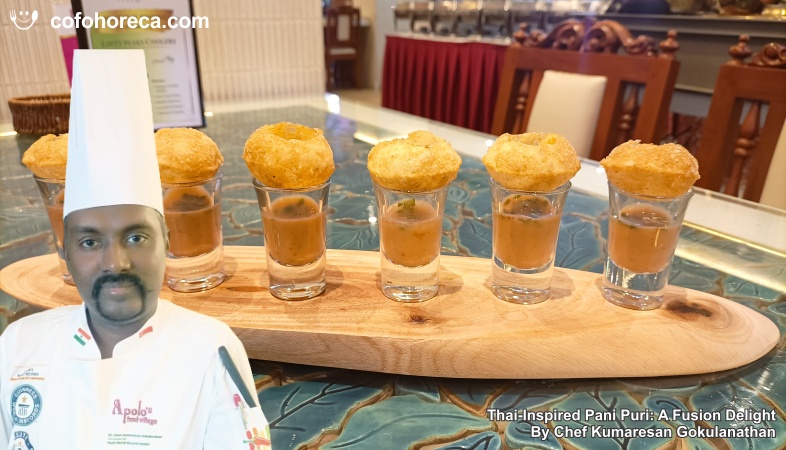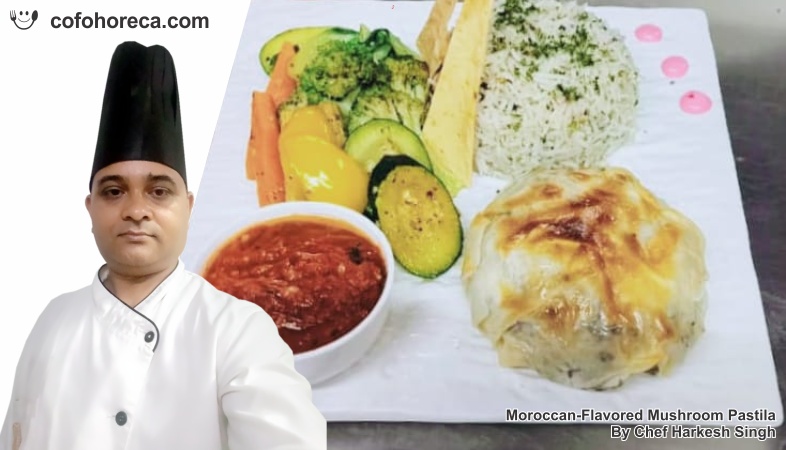SHARE
Commercials
More Posts
Feb 19, 2025
Dhokla Chicken Tikka Sandwich - By Chef Hardev Singh
Mar 11, 2025
Dabeli - By Chef Falguni Somaiya
May 24, 2025
Dry Fruits Peda - By Falguni Somaiya
Feb 19, 2025
Dhokla Chicken Tikka Sandwich - By Chef Hardev Singh
Mar 11, 2025
Dabeli - By Chef Falguni Somaiya
May 24, 2025
.png)




























